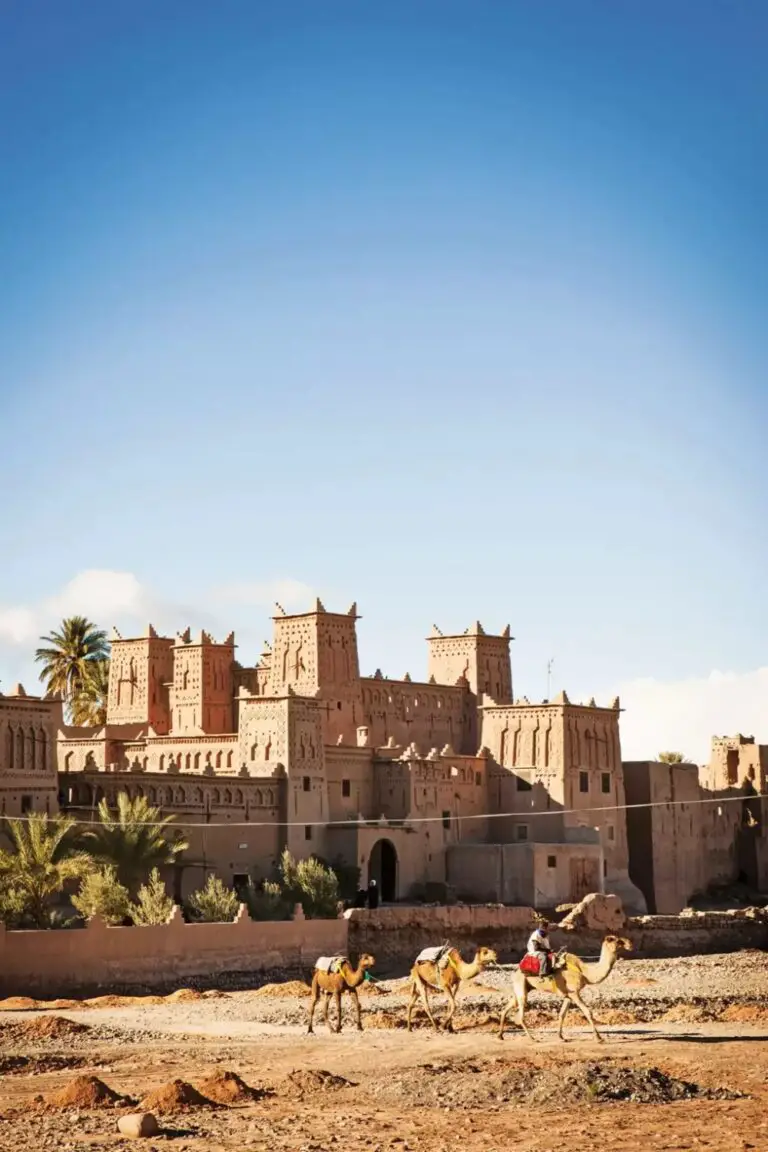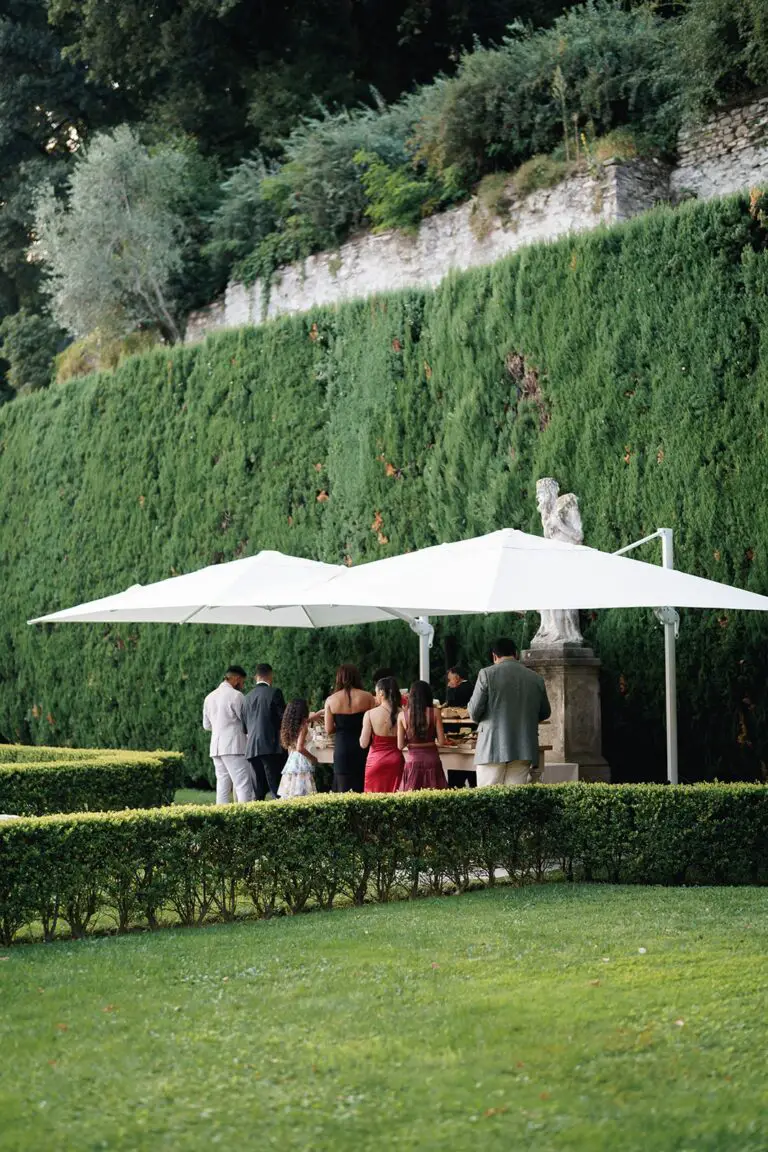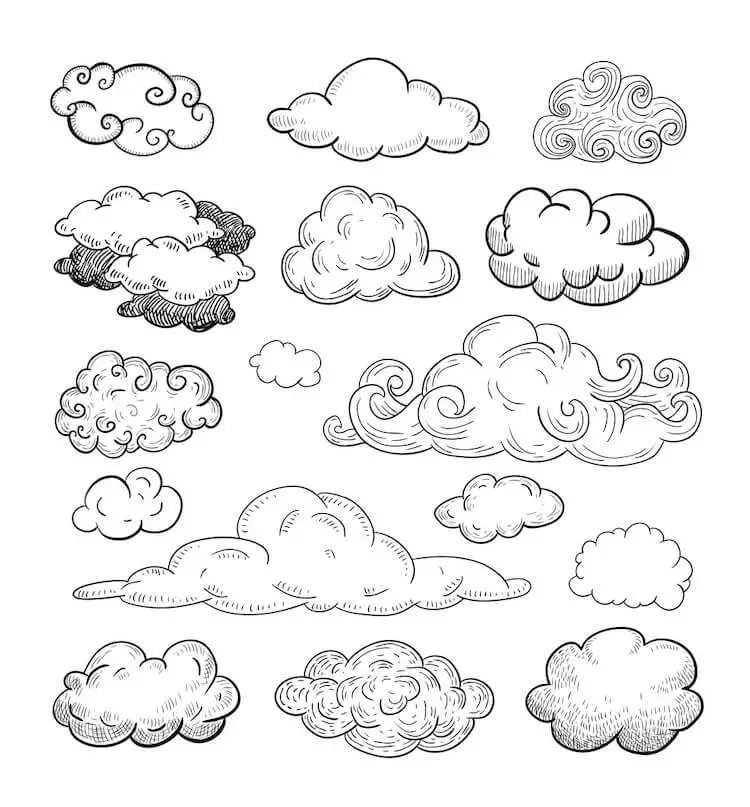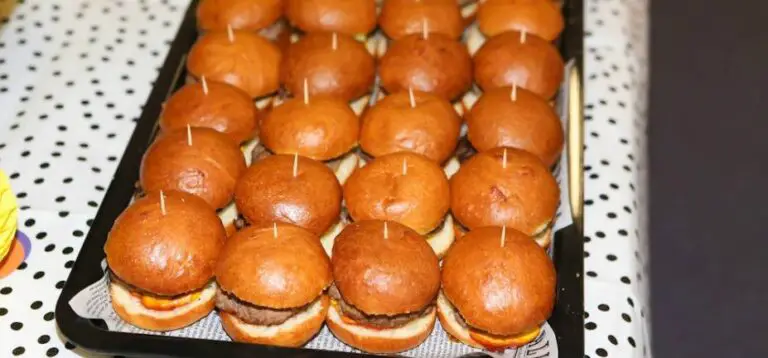A Century Of Wedding Gown Trends
The iconic wedding dress has undergone significant transformations over the past century. As we delve into its evolution, we’ll explore how it adapted to the changing times and cultural influences of each era. From the 1920s to the present day, the wedding dress has morphed from a traditional gown to a modern masterpiece, reflecting the societal values and personal styles of brides-to-be.
1920s
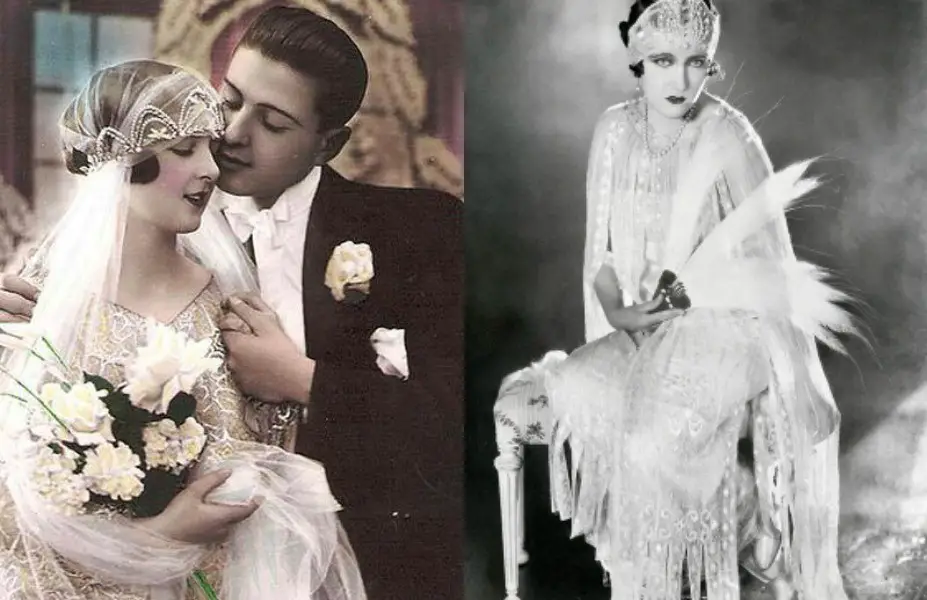
The Roaring Twenties, marked by the rise of jazz and the flapper culture, brought about a significant transformation in women’s fashion. Gone were the days of restrictive corsets and lengthy hemlines, replaced by shorter dresses that grazed just above the knee. The characteristic swing hemline became de rigueur, while bridal wear also underwent a radical makeover.
Brides of the era opted for extravagant flower bouquets with ribbons artfully intertwined, paired with veils that cascaded into long trains, often complemented by flapper-inspired headpieces. The influence of this cultural phenomenon is still palpable today, as evident in the continued fascination with vintage fashion and music.
1930s
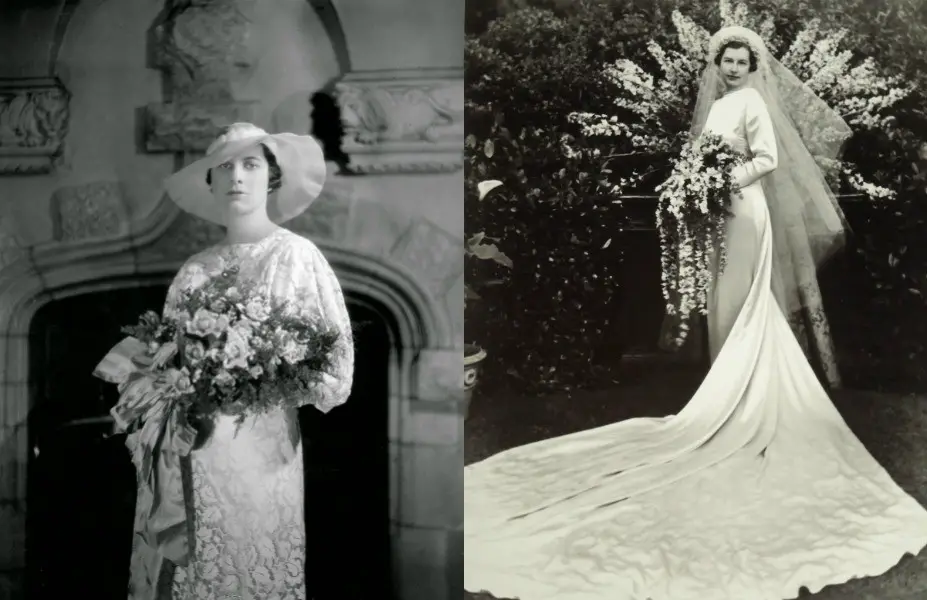
As the Great Depression gripped the world in the 1930s, wedding dress trends took a pragmatic turn. With economic uncertainty looming large, many brides opted for dresses they already owned or repurposed existing garments to make do with limited resources. For those who could afford a new dress, the prevailing style featured floor-sweeping hemlines and accentuated waistlines, which served as a testament to the era’s emphasis on modesty.
Meanwhile, hats became the go-to accessory, supplanting veils as the fashion focal point. The iconic images from Getty and vintage archives vividly capture this bygone era of wedding dress evolution.
1940s
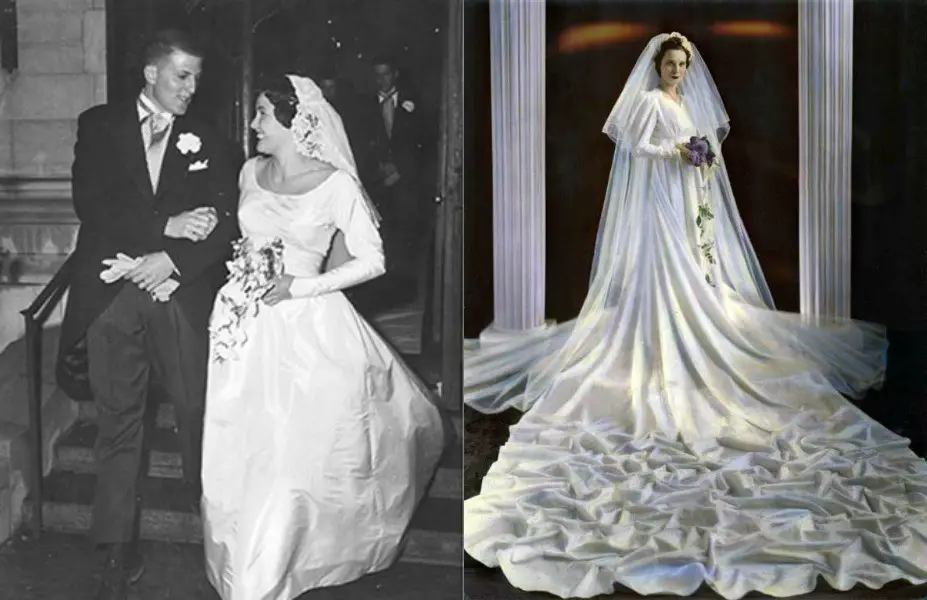
During times of war, weddings often became rushed affairs. With grooms being deployed to their military bases in a short span, couples would hastily plan their nuptials, sometimes organizing the entire event within just a few days. This urgency led to a unique aesthetic, as traditional wedding gowns were characterized by rounded shoulders and gathered sleeves.
The haste of wartime weddings is beautifully captured through vintage photographs, offering a poignant glimpse into the lives of those who lived during these tumultuous times.
1950s

The 1950s witnessed a significant transformation in wedding dress styles, characterized by a dramatic focus on full, flowing skirts that emphasized the fitted bodice. This silhouette, which cinched at the waist, created a quintessential hourglass figure. A new trend emerged with strapless gowns gaining popularity, often paired with bolero jackets worn over the top. To complete the look, gloves and bird-caged veils became de rigueur for 1950s brides.
1960s
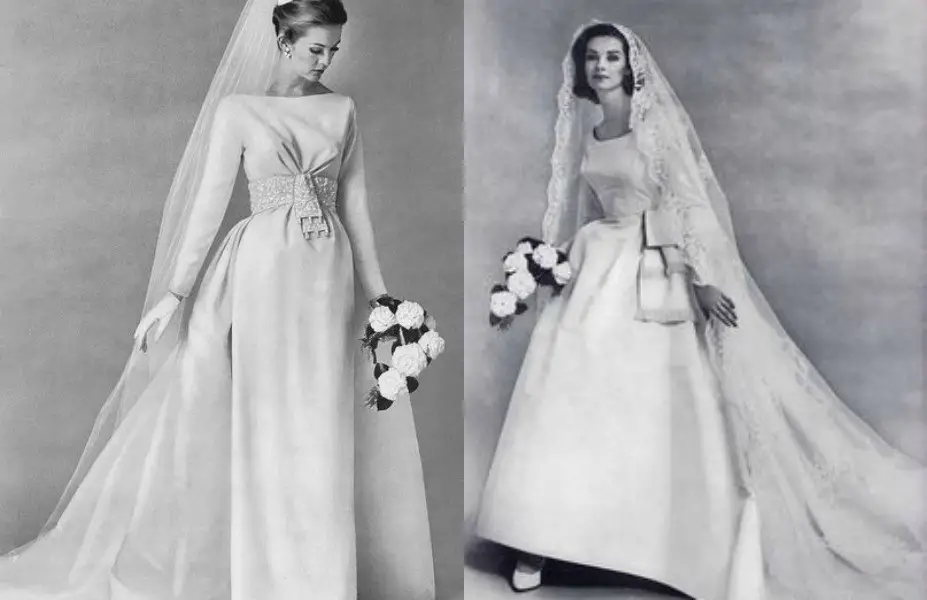
The 1960s saw a significant shift in wedding dress design, marked by the rise of empire-line silhouettes that cinched at the waist. Gone were the days of flowing, floor-sweeping gowns, replaced instead with more structured looks that framed the bride’s figure. Necklines remained demure and high-cut, while metallics and floral details added a touch of whimsy to the overall aesthetic.
These design elements came together to create a distinctly mod era wedding dress, one that was both elegant and playful in its execution.
1970s
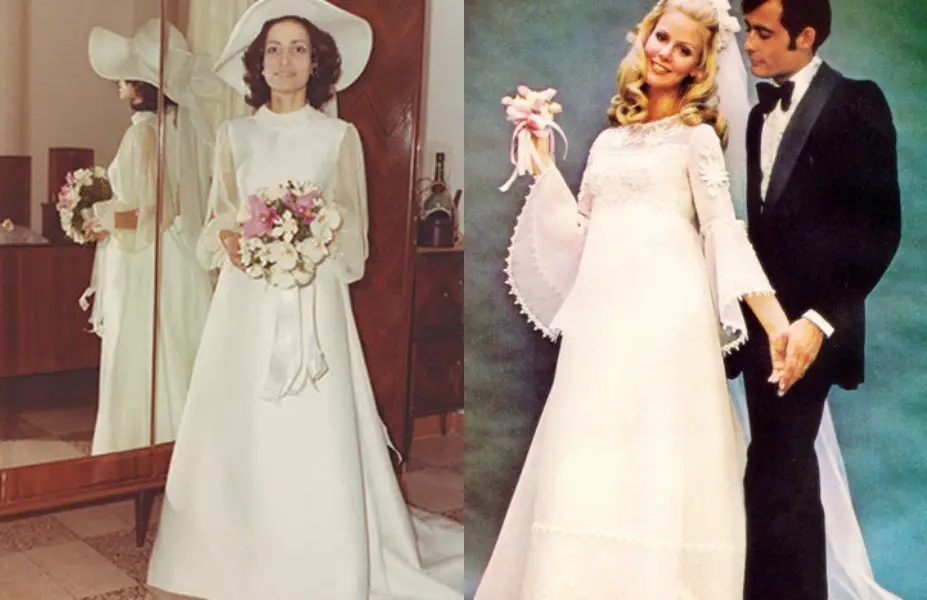
The Wedding Dress industry experienced a surge in popularity during the 1970s, largely thanks to the emergence of dedicated wedding magazines and designers. This era saw the rise of double knit gowns, which were often characterized by flowing black caplets, dramatic batwing sleeves, and bustled trains that added an air of romance and elegance to the overall design.
1980s
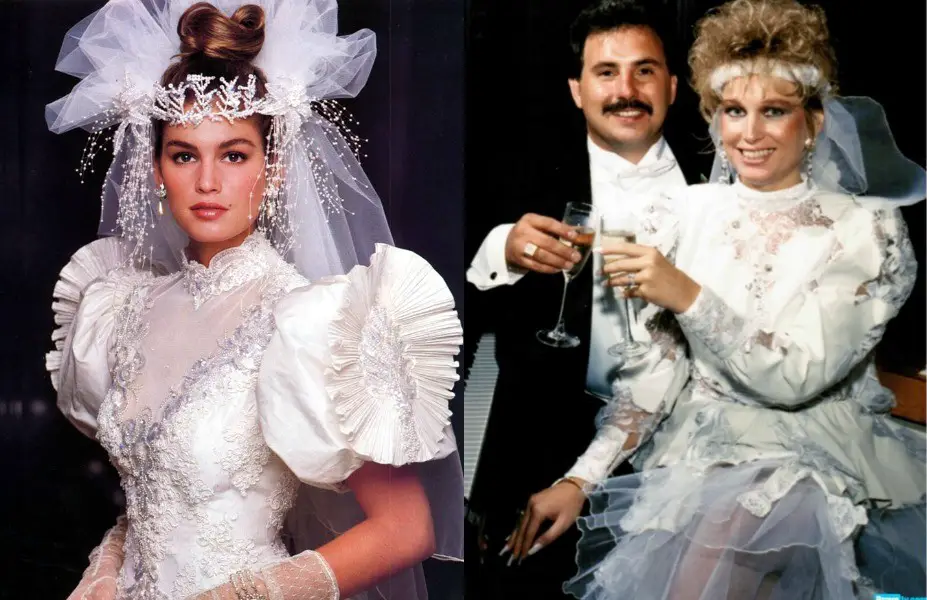
The 1980s were a time of grandeur in fashion, characterized by opulent details that evoked a sense of luxury. Cathedral trains and full-length veils made a statement, while laced-edged frills added a touch of whimsy to dresses and skirts. Shoulders were broad and mandarin-collared necklines created a dramatic effect, reflecting the era’s love for bold statements in clothing. The visual inspiration behind these fashion trends can be seen in the images provided by wedgewoodbanquet.com.
1990s
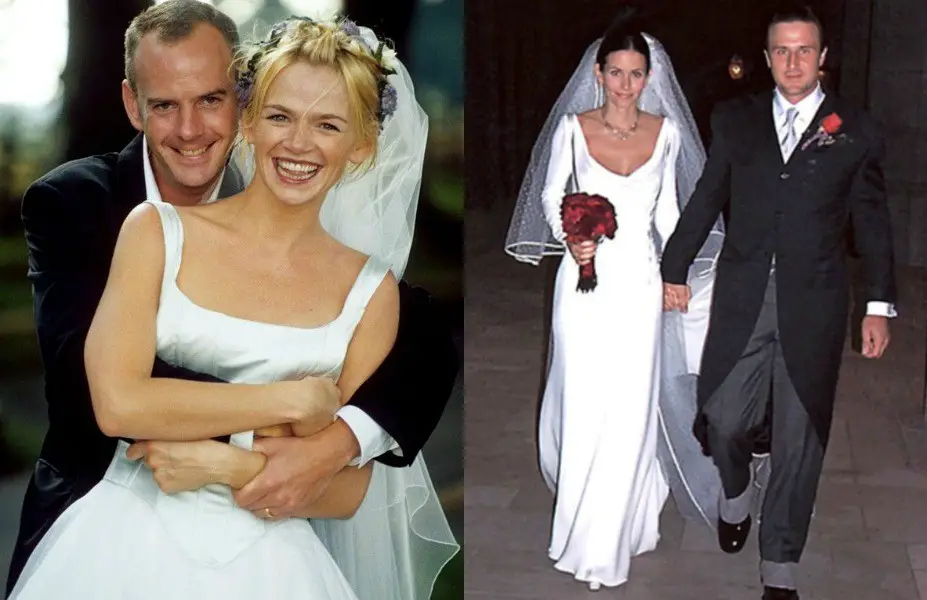
The 2010s witnessed a resurgence in classic glamour for brides, characterized by a departure from the typical lace and beading embellishments. Instead, gowns became more fitted, embracing an androgynous silhouette that was both striking and understated. The era’s wedding aesthetic was further defined by the popularity of straight-foreach veils and whimsical flower crowns, evoking a sense of effortless elegance.
2000s
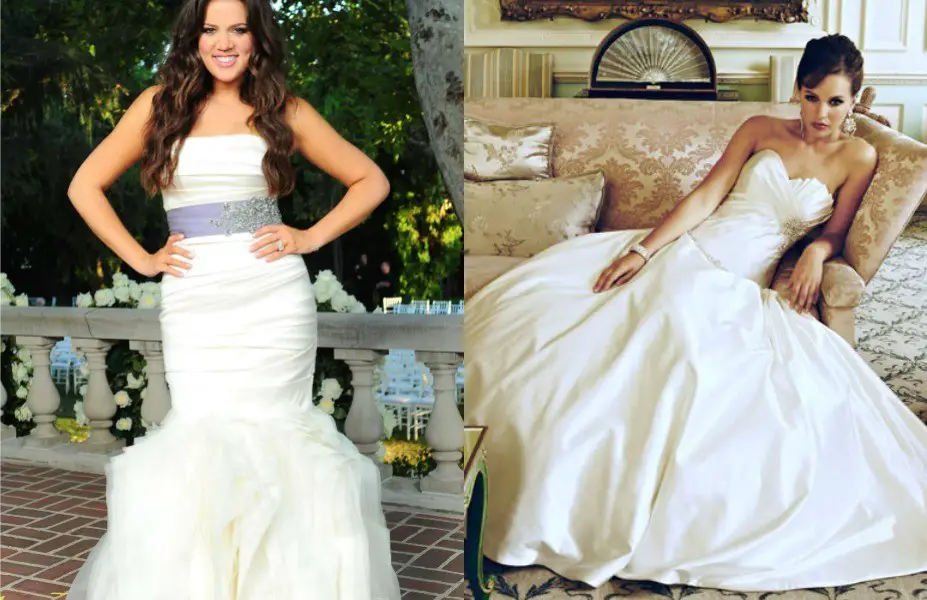
As the new millennium dawned, a notable shift emerged in wedding fashion trends. Gone were the days of traditional veils, replaced by a more modern approach to bridal attire. Strapless gowns and pick-up skirts became de rigueur, with many Brides opting for statement hairstyles adorned with flowers, fascinators or tiaras. Meanwhile, delicate lace and beading made appearances as belts across the waist or flowing down the skirt, adding an extra touch of elegance to the overall aesthetic.
2010s
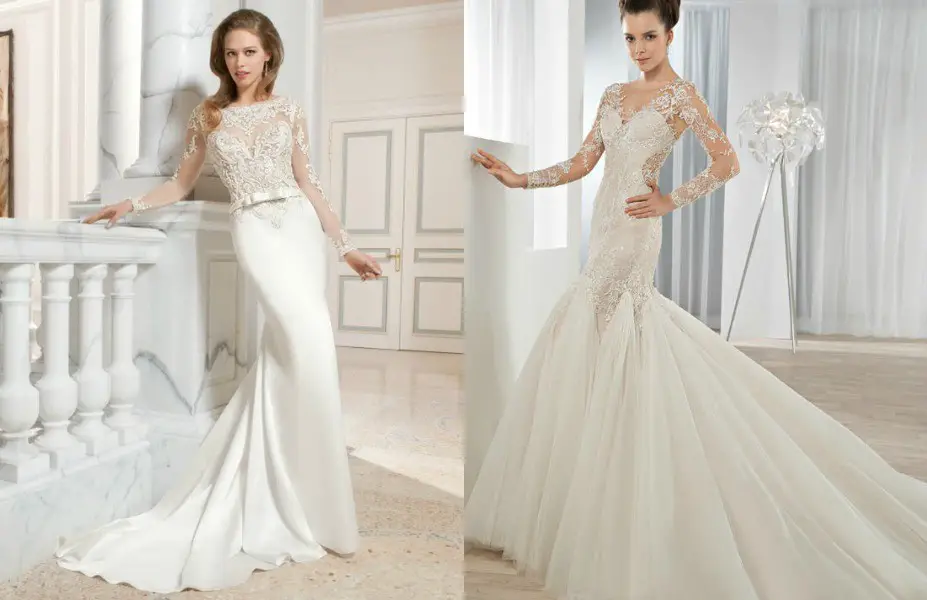
In recent years, brides have been spoiled for choice when it comes to wedding gowns. The mermaid silhouette has emerged as a clear favorite among many, with intricate beading and crystals adding an extra layer of sophistication. Meanwhile, romantic veils that cascade down the bride’s face have become increasingly popular, allowing her to make a truly unforgettable entrance.


